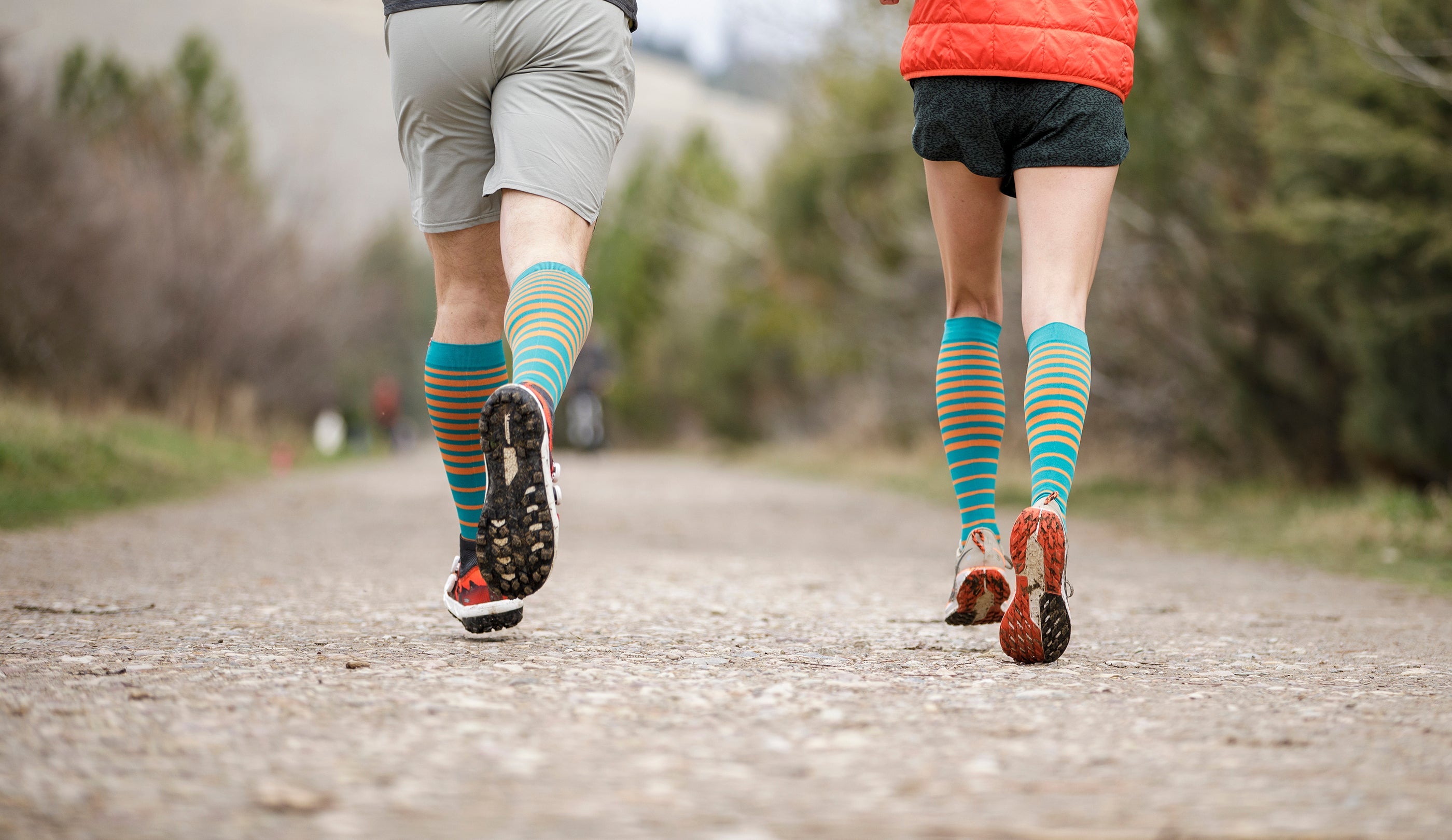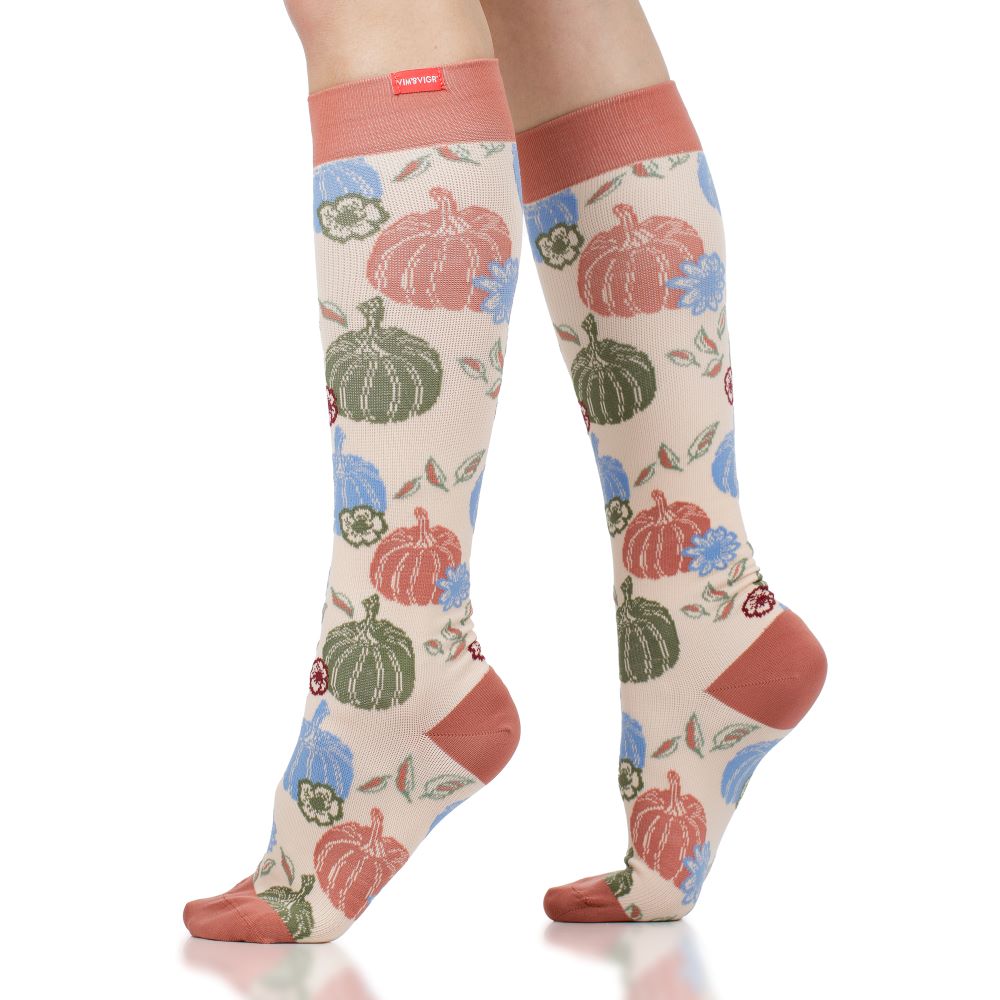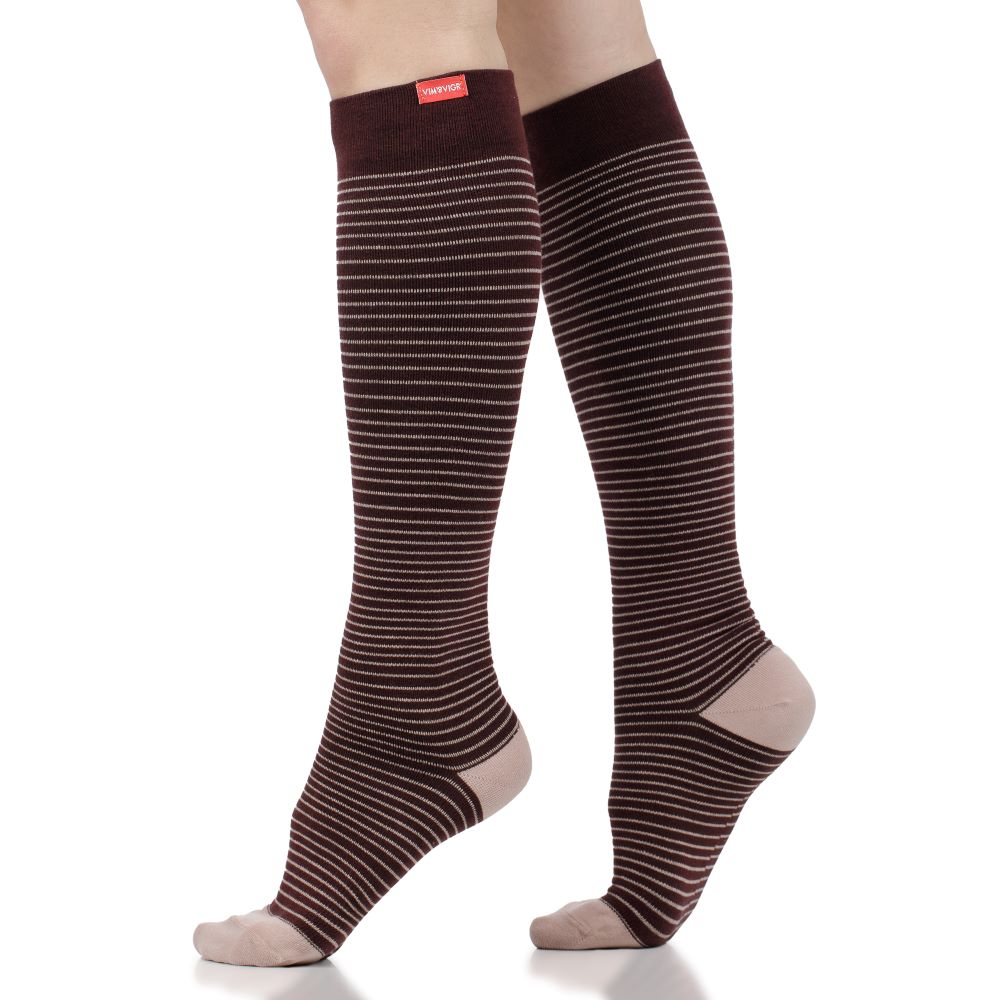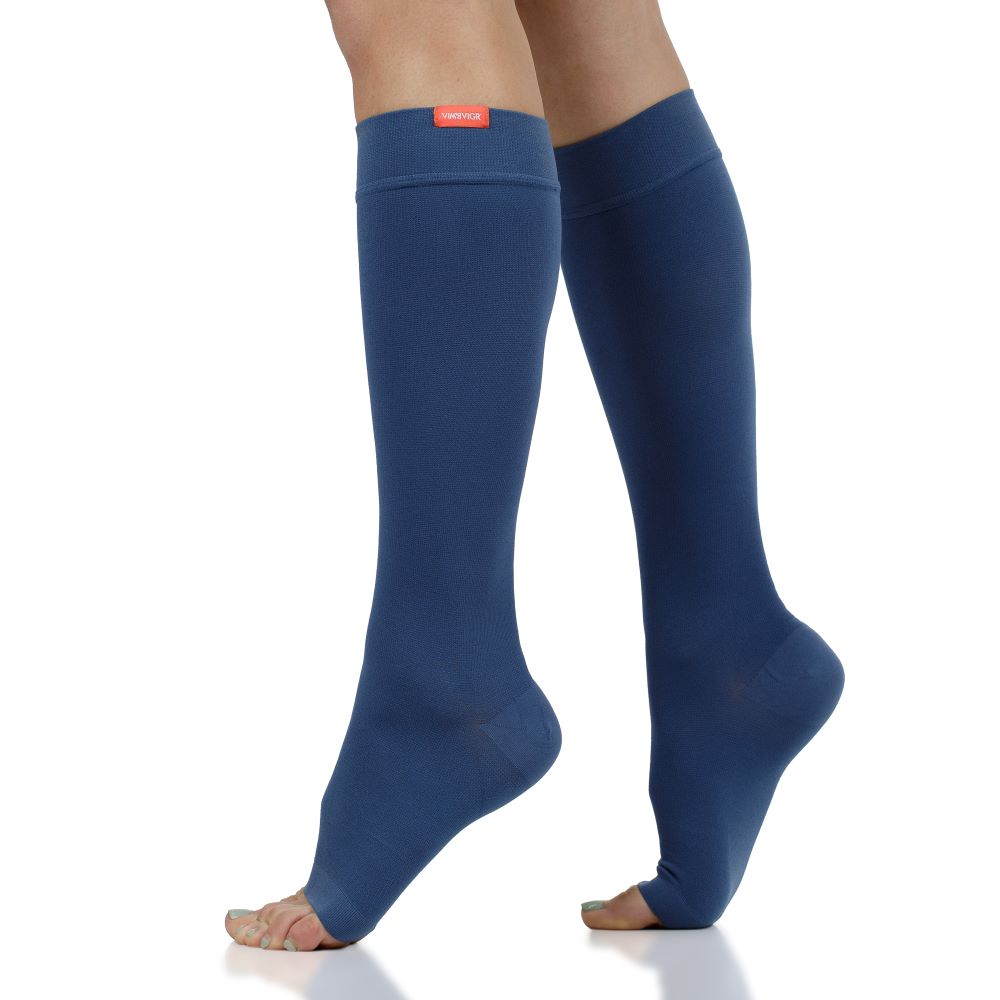How to Naturally Dissolve Blood Clots in Your Legs Safely
Scientifically Reviewed by Daniel Chantigian
Can you dissolve blood clots naturally, without medical intervention? How can you prevent blood clots or treat blood clots once they’ve occurred? What lifestyle causes blood clots? And what are the risks associated with blood clots? In this blog, we will cover how to manage blood clots at home and tell you how you can prevent them in the future.
Is Blood Clot Treatment at Home Possible?
Unfortunately, there are no natural ways to dissolve blood clots. To remove blood clots that form in your blood vessels (most often in the legs) you should seek treatment by doctors. Blood clot remedies often include anticoagulant medications (also called blood thinners), like warfarin or heparin, or thrombolytics (also called clot busters), like streptokinase or reteplase. These medications help the body break down existing blood clots and reduce the risk of new ones forming. In severe cases, surgical thrombectomy is required - where the blood clot is removed through surgery.
However, you can use a series of natural remedies to manage blood clots at home. Most at-home approaches (from compression socks to exercise) are great complementary actions if you use medication to help dissolve a blood clot. These at-home approaches are also effective in lowering the risk of new blood clots.
How to Naturally Dissolve Blood Clots in the Legs: Is It Possible?
Blood clots in the legs can be particularly dangerous because, if they occur in a deep vein, this can turn into deep vein thrombosis (DVT), which carries the risk of the blood clot breaking off and traveling to the lungs, causing a pulmonary embolism. To manage and help dissolve blood clots (in combination with medication), use the steps below for the best results.
Wear Compression Stockings
Graduated compression is a key tool used to prevent blood clots and edema (swelling in the lower legs). Medical research has found that graduated compression socks effectively prevent deep vein thrombosis, and the Mayo Clinic reports that compression socks are an effective aid when you take medications to dissolve blood clots. Graduated compression socks are tighter at the bottom, slowly releasing pressure as they climb towards the knees. This stimulates blood flow out of the legs, which prevents build-up of liquid and blood. When you sit down on a plane for a long period of time, continuous blood flow, especially out of your limbs and towards the heart, is key to keeping a blood clot from forming, which is aided by compression socks during air travel.
Clots form in the veins when blood is stationary or sluggish because it does not flow out of the limbs as it normally should. Poor circulation causes clotting factors (like platelets and fibrin) to stick together and create the clots. Graduate compression socks help blood out of the limbs, and they also support the health and elasticity of your blood vessels to prevent clotting. Additionally, they help take pressure from gravity off the lower legs, which relieves feelings of muscle soreness and massages muscles so that blood circulation is stimulated further.
People who are prone to blood clots and circulatory problems (e.g., pregnant women or diabetics) can wear compression socks to reduce the risk of complications from blood clots, such as DVT, varicose veins, etc. All other populations benefit from the improvement in circulation caused by compression socks, as well as their other positive effects like feelings of energized legs, reduced swelling and inflammation, soothed muscles, better joint support, and more.

Stay Active
Exercise is great for improving overall blood flow and circulatory health. It keeps blood vessels working well and prevents blockages and swelling. Regular physical activity like walking and running also improves muscle, joint, and bone strength.
After long periods spent sitting down or standing up without movement, you can go for a short, brisk walk or jog to get the blood flowing in your legs and help manage the symptoms of blood clots, according to one scientific article. Over the long term, staying active reduces many risks associated with cardiovascular health, and it reduces the risk of blood clots and DVT. And, if you find exercise like walking or running too high-impact or have mobility restrictions, you could also find relief from blood clot symptoms by performing lower-impact exercises like swimming or yoga.
Finally, another way of including movement in your day, especially during long flights or sedentary periods, is to massage the lower legs and feet. You can gently knead your calf muscles, rotate your ankles, and massage the balls of the feet with your knuckles. This improves blood to those areas and dislodges built-up fluid and blood at the periphery.
The Importance of Hydration
Numerous clinics and medical schools like NYU Langone advise about the importance of hydration when it comes to ensuring you have a healthy blood flow. Drinking 8 to 10 glasses of water a day will help avoid problems with circulation, which reduces the risk of blood clots. If you also have a lack of movement, such as when traveling or if you are bed-ridden when you are sick, it is even more important to stay well hydrated.
Hydration requirements vary by individual. It is important to adapt your drinking to your activity levels and to weather conditions. So, in addition to drinking more when flying long distances, for example, be sure to drink more fluids when you are in a hot climate or when you are walking or running more.

Prioritize a Healthy Diet
Diet plays a vital role in maintaining your cardiovascular health. Being overweight or obese increases your risk of developing blood clots and particularly DVT, because it increases the pressure in the blood vessels in the lower half of the body. Moreover, eating unhealthy, salty or processed food can also increase the risk of circulatory problems through damage caused to the blood vessels and thickening of the blood (making it more difficult to maintain healthy blood flow throughout the body).
Talk to Your Doctor About Herbal Remedies and Supplements
In addition to eating a balanced diet with plenty of fresh fruits and vegetables, a good intake of protein, and a low amount of heavily processed foods, there are some specific ingredients that help boost blood flow and reduce the risk of getting a blood clot. These include:
- Turmeric - known for its anti-inflammatory properties, but also for being anticarcinogenic and antioxidant. For example, a 2023 study evaluating the effects of consuming turmeric concentrate on cardiovascular and oxidative stress found that the subjects taking turmeric had less of an increase in blood pressure and better arterial compliance. You can add turmeric as a spice in your meals, drink turmeric tea or turmeric lattes, or consume it as a dietary supplement.
- Ginger - this plant contains salicylate, the same chemical found in aspirin, so it can be considered helpful for thinning the blood and may help prevent excessive clotting.
- Cinnamon - another anti-inflammatory, anti-carcinogenic, and antioxidant.
- Cayenne pepper - also containing salicylates like ginger.
- Vitamin E - a mild anticoagulant, but more studies are needed to understand its effectiveness.
The first step to ensure you have the right at home remedy to prevent blood clotting is to discuss herbal remedies and supplements with your doctor. You should check for allergies and interactions with any other medications you may already be taking, too.
Manage Your Stress
Certain research studies show that anxiety can increase coagulation, which makes blood flow more difficult and can ultimately lead to blood clotting. Anxiety is also known to increase blood pressure, which, if left unmanaged, can damage your blood vessels, and can restrict the amount of blood that flows through them naturally.
To help manage stress levels, ensure you maintain a balanced routine. Try separating work and personal life and get good amounts of sleep. Aim to go to bed at the same time every night and get at least 7-9 hours of sleep. Reduce the use of screens, particularly before bedtime. Also, take up hobbies that improve your calm and wellbeing, such as yoga, meditation, and spending time in nature at least twice a week.

Stop Smoking
Tobacco has been shown to make blood “stickier” - increasing the risks of blood clots. Long-term smoking can cause complications, including DVT. The CDC warns that smoking is responsible for one in four cardiovascular disease related deaths, in fact.
Smoking greatly increases the risk for DVT and blood clots, you should try to quit smoking to prevent blood clots or if you have been diagnosed with DVT or blood clots. Speak to your doctor about the best course of action for you.
How to Prevent Future Blood Clots from Forming
We cannot treat blood clots at home 100% of the time, but we can certainly take steps to avoid them. Moreover, these approaches will help reduce the risk of blood clots even if you already have a blood clot.
Lifestyle Changes for Better Circulation
Improving blood flow and cardiovascular health are key ways to prevent blood clots from forming. This may mean making lifestyle changes that include:
- Modify your diet so it prioritizes healthy whole foods, fruits and vegetables, low amounts or no heavily processed foods, and reduced salt intake.
- Ensure you stay hydrated (2.5-3.5 liters of water per day)
- Regularly exercise, being active at least 2-3 times a week for 30 minutes or more. Start with low-impact activities if something like running is too much to begin with. Progress gradually and carefully, preferably with the help of a coach or personal trainer.
- Stop smoking immediately.
- Try to reduce sources of stress as much as possible. If stress is unavoidable, find ways to manage your stress. This could include meditation, finding stress-relieving hobbies (yoga, painting, listening to relaxing music, etc.), or performing deep-breathing exercises.
An easy upgrade to your lifestyle that will reduce your risk of blood clots is wearing knee-high graduated compression socks (this also can make your outfits pop!). Compression socks will improve peripheral circulation, which helps improve blood flow throughout the body and reduce the risk of blood clots. You can wear compression socks to ward off blood clots when traveling long distances, recovering from surgery, and lying in bed for prolonged periods of time, or simply to energize the legs and boost blood flow during the day, at work, or during sports activities.
Regular Check-ups and Monitoring
If you have been identified as a person who is at risk of blood clots, it is important to keep a close eye on your blood pressure and general health. Speak to your doctor about the best way to monitor the health of your cardiovascular system. This will help them identify any risks and red flags before they develop into more serious health conditions.
When to Seek Medical Help & What to Expect
As with any circulatory problems affecting the lower legs, we recommend speaking to a doctor as soon as possible if you notice unusual changes in skin color and texture, disproportionate swelling on one side, severe pain, or other unusual symptoms. At the first sign of swelling and discomfort after long flights or time spent on your feet, consult with a doctor who will check your blood pressure, medical history, and personal circumstances to determine if you have a blood clot already or just suffer from localized edema.
References
Baig, M. U., & Bodle, J. (2021, June 17). Thrombolytic Therapy. Nih.gov; StatPearls Publishing. Read it here.
Sachdeva, A., Dalton, M., & Lees, T. (2018). Graduated compression stockings for prevention of deep vein thrombosis. The Cochrane database of systematic reviews, 11(11), CD001484. Read it here.
Reyes, N., & Abe, K. (2023, May 1). Deep Vein Thrombosis & Pulmonary Embolism | CDC Yellow Book 2024. Center for Disease Control and Prevention. Read it here.
Mayo Clinic Staff. (2017). Thrombophlebitis - Diagnosis and treatment - Mayo Clinic. Mayoclinic.org. Read it here.
Clarke, M. J., Broderick, C., Hopewell, S., Juszczak, E., & Eisinga, A. (2016). Compression stockings for preventing deep vein thrombosis in airline passengers. The Cochrane database of systematic reviews, 9(9), CD004002. Read it here.
Büchtemann, A. S., Steins, A., Volkert, B., Hahn, M., Klyscz, T., & Jünger, M. (1999). The effect of compression therapy on venous haemodynamics in pregnant women. British journal of obstetrics and gynaecology, 106(6), 563–569. Read it here.
Kahn, S. R., Shrier, I., & Kearon, C. (2008). Physical activity in patients with deep venous thrombosis: a systematic review. Thrombosis research, 122(6), 763–773. Read it here.
Kunutsor, S. K., Mäkikallio, T. H., Seidu, S., de Araújo, C. G. S., Dey, R. S., Blom, A. W., & Laukkanen, J. A. (2020). Physical activity and risk of venous thromboembolism: systematic review and meta-analysis of prospective cohort studies. European journal of epidemiology, 35(5), 431–442. Read it here.
Preventing Deep Vein Thrombosis. (n.d.). NYU Langone Health. Read it here.
Hotoleanu C. (2020). Association between obesity and venous thromboembolism. Medicine and pharmacy reports, 93(2), 162–168. Read it here.
Naghedi-Baghdar, H., Nazari, S. M., Taghipour, A., Nematy, M., Shokri, S., Mehri, M. R., Molkara, T., & Javan, R. (2018). Effect of diet on blood viscosity in healthy humans: a systematic review. Electronic physician, 10(3), 6563–6570. Read it here.
Hajleh, M. N. A., & Al-Dujaili, E. A. S. (2023). Effects of Turmeric Concentrate on Cardiovascular Risk Factors and Exercise-Induced Oxidative Stress in Healthy Volunteers; an Exploratory Study. Advanced pharmaceutical bulletin, 13(3), 601–610. Read it here.
Rao, P. V., & Gan, S. H. (2014). Cinnamon: a multifaceted medicinal plant. Evidence-based complementary and alternative medicine: eCAM, 2014, 642942. Read it here.
Marx, W., McKavanagh, D., McCarthy, A. L., Bird, R., Ried, K., Chan, A., & Isenring, L. (2015). The Effect of Ginger (Zingiber officinale) on Platelet Aggregation: A Systematic Literature Review. PloS one, 10(10), e0141119. Read it here.
Sandrini, L., Ieraci, A., Amadio, P., Zarà, M., & Barbieri, S. S. (2020). Impact of Acute and Chronic Stress on Thrombosis in Healthy Individuals and Cardiovascular Disease Patients. International journal of molecular sciences, 21(21), 7818. Read it here.
CDC. (2024, May 2). Health Effects of Cigarettes: Cardiovascular Disease. Smoking and Tobacco Use. Read it here.


















Leave a comment